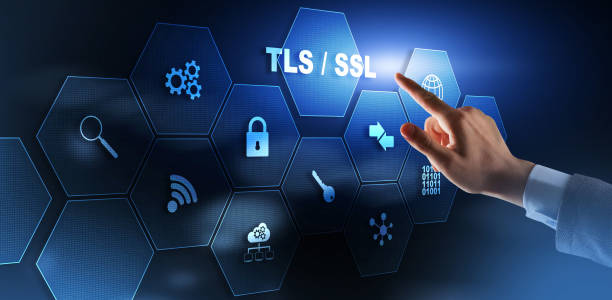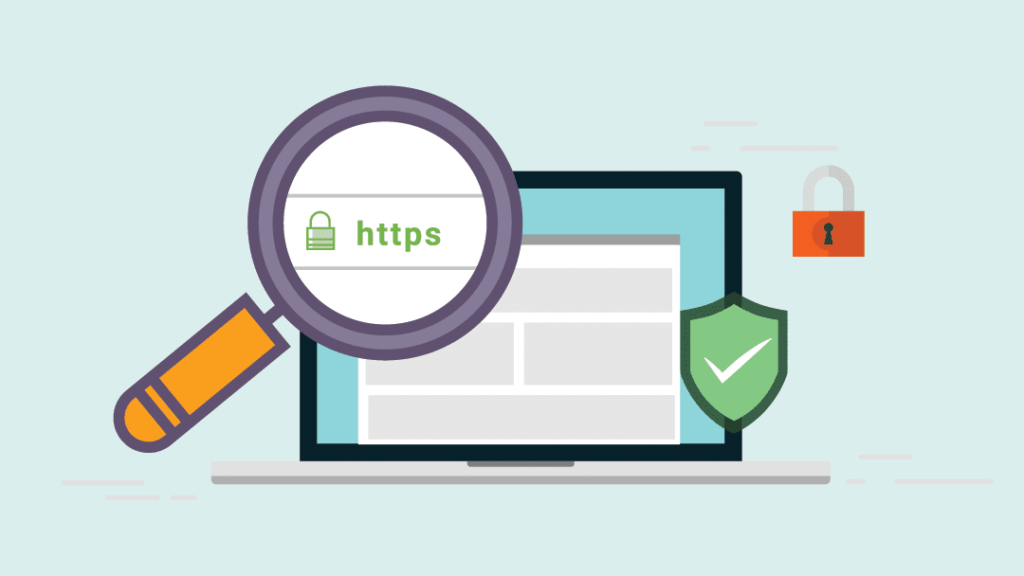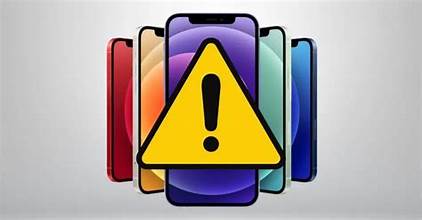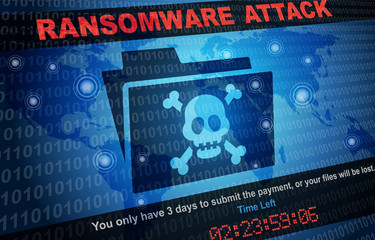SSL certificates are essential for secure online communication, but their role in the SSL/TLS handshake goes beyond encryption. In this blog, we delve into how SSL certificates enable authentication and facilitate key exchange to establish a secure connection. Discover the step-by-step process of the handshake, the importance of verifying server identities, and how encryption keys are securely shared. Whether you’re an IT professional or a cybersecurity enthusiast, this guide simplifies complex concepts to help you understand the critical role of SSL certificates in protecting data and ensuring trust in digital interactions. Unlock the secrets of secure connections today!

The SSL certificate plays a crucial role in the SSL/TLS handshake, but it is not directly used for encrypting the data during the session. Instead, it is primarily used for authentication and key exchange. Let’s break it down:
Table of Contents
Where the SSL Certificate is Used :
- Authentication:
- The SSL certificate contains the server’s public key and proves the server’s identity.
- The client (e.g., your browser) verifies the certificate to ensure that:
- It is issued by a trusted Certificate Authority (CA).
- It matches the server’s domain.
- It hasn’t expired or been revoked.
- Key Exchange:
- During the handshake, the server’s public key (from the certificate) is used to securely exchange or establish the session key, which is later used for encrypting the data.
- The method used depends on the key exchange algorithm (e.g., RSA or Diffie-Hellman).

Key Steps Involving the SSL Certificate in the Handshake :
- Server Sends Certificate:
- The server sends its SSL certificate to the client as part of the handshake.
- The certificate contains:
- The server’s public key.
- Information about the server (e.g., domain name).
- Information about the Certificate Authority (CA) that issued the certificate.
- Client Verifies the Certificate:
- The client checks if the certificate is valid and trustworthy.
- If valid, the client proceeds to the next steps.
- Session Key is Exchanged:
- The client uses the server’s public key (from the certificate) to:
- Encrypt the pre-master secret (in RSA key exchange).
- Help establish a shared secret (in Diffie-Hellman key exchange).
- The client uses the server’s public key (from the certificate) to:
- Secure Connection Established:
- The session key (derived from the shared secret) is used to encrypt all communication after the handshake.
Example of SSL Certificate Usage in Handshake :
assume the key exchange uses RSA :
- The server sends its SSL certificate (with its public key) to the client.
- The client verifies the certificate.
- The client generates a pre-master secret and encrypts it using the server’s public key.
- The server decrypts the pre-master secret using its private key.
- Both the client and server use the pre-master secret to derive a session key for encrypting the session.
Important Note
- The SSL certificate’s public key is only used to encrypt small pieces of data, like the pre-master secret or to verify signatures. It does not encrypt the actual data transferred during the session.
- Once the handshake is complete, the session key derived from the handshake is used to encrypt the communication.
Video link :
Analogy
Think of the SSL certificate like a lock on a mailbox:
- The public key in the certificate is the lock that anyone can use to securely send you mail (encrypted data).
- Only you (the server with the private key) can unlock the mailbox to read the mail.
MORE
- VAPT Demystified: A Complete Guide to Vulnerability Assessment & Penetration Testing 10
- Hackers Playbook: 15 Common Cyber attack Techniques
- 9 Career Job in Cybersecurity : A Comprehensive Guide
- How to Spot a Phishing Email : Prevent With Detailed Analysis 06
- Top 10 Cybersecurity Myths Debunked – Protect Yourself Online
- Phases of Hacking
- Mastering DVWA: Complete Guide to the Damn Vulnerable Web App for Ethical Hacking
- Web Application Penetration Testing (WAPT)
- Can you hack your wifi ?




One Comment